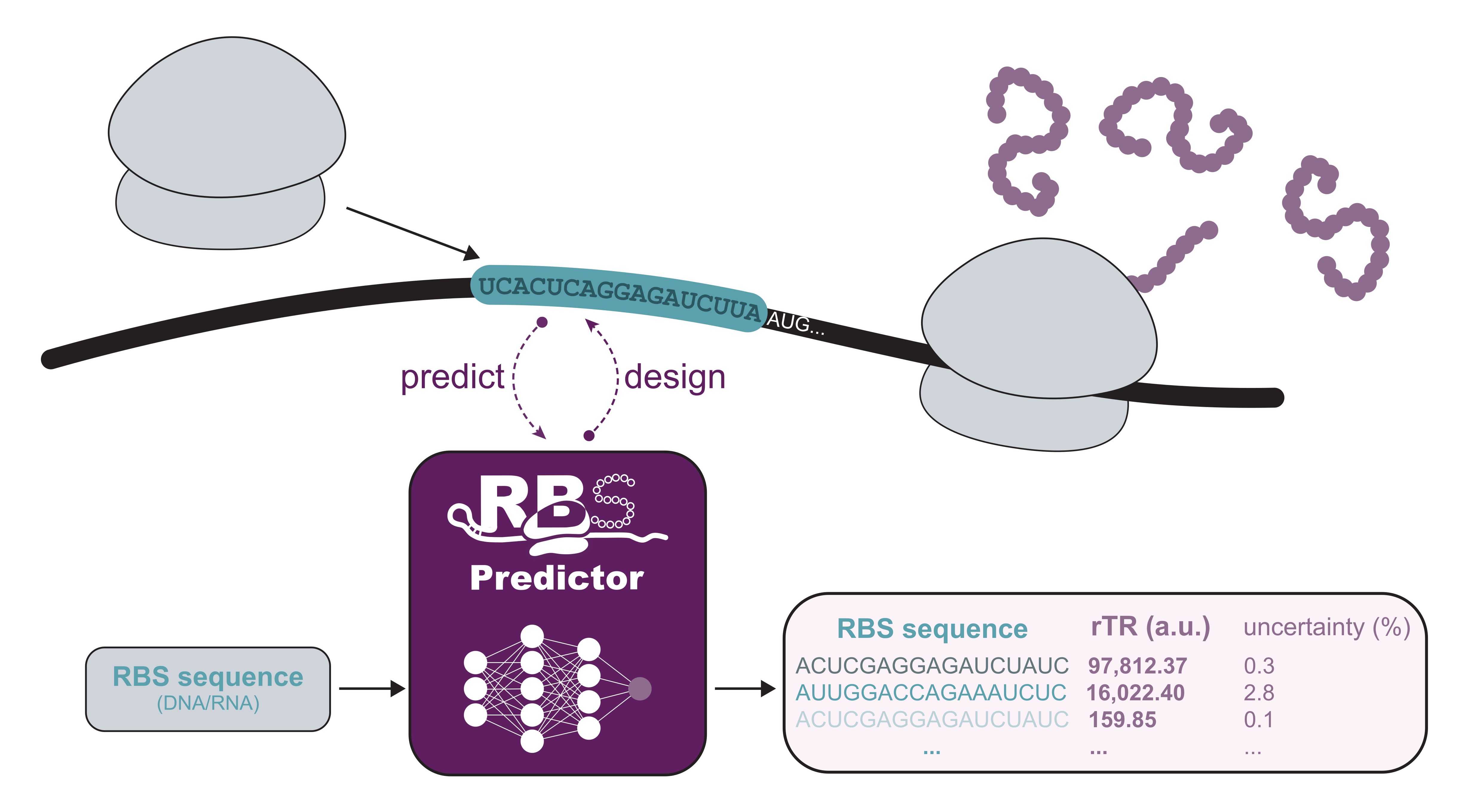Input
RBS Predictor

Legal Disclaimer
This website is free to all users and licensed under CC BY-ND 4.0.
All tools provided on this website are for synthetic biology research and educational purposes. While efforts have been made to ensure the accuracy and reliability of the tools, they are provided "as is" without warranty of any kind, express or implied, including but not limited to warranties of merchantability, fitness for a particular purpose, or non-infringement.
By using this tool, you acknowledge and agree that: The tools’ outputs are generated based on computational models and algorithms that may have limitations or inaccuracies. The developers, contributors, and distributors of this tool shall not be held liable for any direct, indirect, incidental, consequential, or punitive damages, including but not limited to loss of data, profits, or research opportunities, arising out of or related to your use or inability to use the tool. It is your responsibility to ensure that all use of the tool and any subsequent research or application complies with applicable laws, regulations, and ethical standards. The developers of this tool are not responsible for any misuse or unlawful activity arising from its use.
Data you provide may be collected and stored solely for the purpose of delivering and improving the service, which includes generating statistical insights to enhance user experience. We are committed to safeguarding your data and will not share, sell, or otherwise distribute your information to third parties, except as required by law.